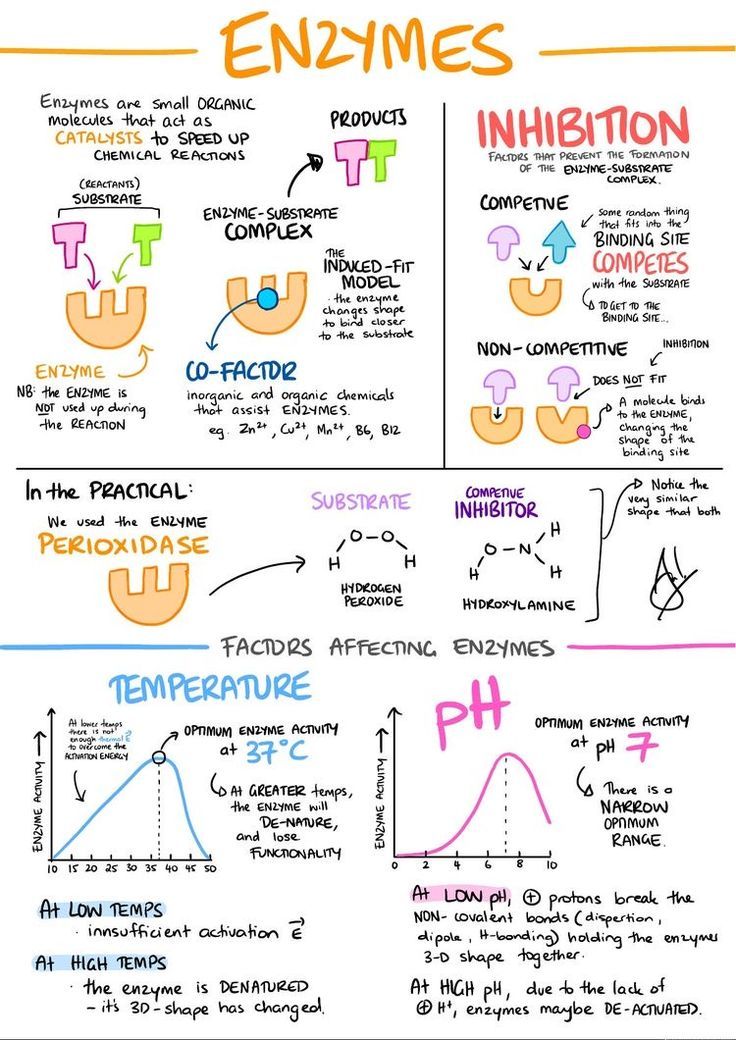
Understand the Problem
The image provides an overview of enzymes, including their functions as catalysts, the enzyme-substrate complex, inhibition types, and factors affecting enzyme activity like temperature and pH.
Answer
Enzymes catalyze reactions, forming enzyme-substrate complexes. Activity is affected by cofactors, competitive/non-competitive inhibition, temperature, and pH.
The key points include the role of enzymes as catalysts, the enzyme-substrate complex, the impact of cofactors, competitive vs. non-competitive inhibition, and how temperature and pH affect enzyme activity.
Answer for screen readers
The key points include the role of enzymes as catalysts, the enzyme-substrate complex, the impact of cofactors, competitive vs. non-competitive inhibition, and how temperature and pH affect enzyme activity.
More Information
Enzymes speed up reactions without being consumed, using cofactors and undergoing inhibition processes that regulate their function. They operate best at specific temperatures and pH levels.
Tips
Avoid confusing competitive and non-competitive inhibition—recognize their different binding sites and effects.
AI-generated content may contain errors. Please verify critical information